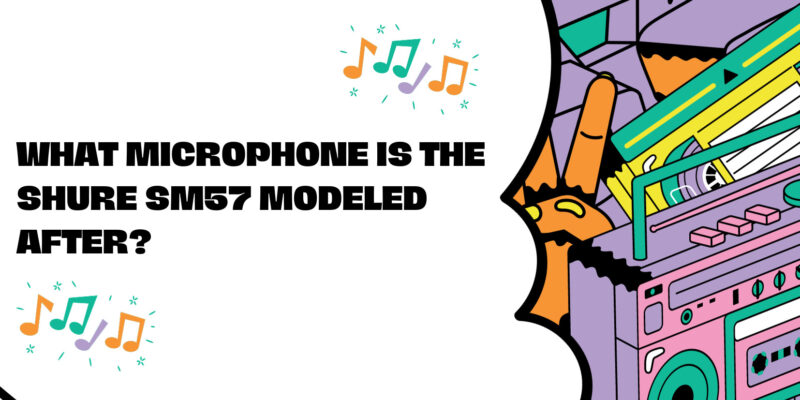The Shure SM57, a legendary dynamic microphone celebrated for its durability and versatility, has been a staple in the world of audio recording and live sound for decades. Many users wonder whether the SM57 is based on or modeled after another microphone. In this article, we’ll delve into the history of the Shure SM57 and explore its origins to understand whether it was designed with inspiration from other microphones.
The Shure SM57: A Timeless Classic
The Shure SM57 was introduced in 1965 as a successor to the Shure SM56, which was initially designed for television and film production. While the SM56 was a short-lived model, the SM57 quickly gained recognition and popularity for its versatility, durability, and exceptional sound quality.
Origins of the SM57 Design
The design of the Shure SM57 is a product of Shure’s extensive research and development efforts. It was not directly modeled after any specific microphone but was instead the result of Shure’s commitment to creating a microphone that could excel in various applications.
Innovations and Unique Features
The Shure SM57 brought several innovative features to the microphone market, including:
- Directional Polar Pattern: The SM57 features a cardioid polar pattern, which means it primarily captures sound from the front while rejecting sound from the sides and rear. This directional sensitivity made it suitable for isolating sound sources and reducing background noise.
- Durability: The SM57 was designed with durability in mind. Its rugged construction, including a robust die-cast casing and internal shock-mounting, made it capable of withstanding the rigors of live performances and studio use.
- Transparency: The SM57’s relatively flat frequency response allows it to capture sound accurately and transparently, making it versatile for a wide range of applications without coloration.
- SPL Handling: The SM57 can handle high sound pressure levels (SPL) without distortion, which makes it ideal for miking loud musical instruments like guitar amplifiers and drums.
Application Versatility
The Shure SM57’s versatility contributed to its enduring popularity. Musicians, engineers, and broadcasters quickly recognized its ability to capture everything from guitar amps and snare drums to vocals and brass instruments. Its reputation for reliability and consistent performance made it a trusted tool across various industries.
Conclusion
The Shure SM57 is not directly modeled after any specific microphone but is the result of Shure’s dedication to innovation and excellence in microphone design. Its unique features, durability, and transparent sound quality have earned it a place as an iconic microphone used in countless recording studios, live sound setups, and broadcasting environments worldwide. Rather than being a copy of another microphone, the SM57 has carved its niche in the world of audio, standing tall as a timeless classic in microphone technology.


